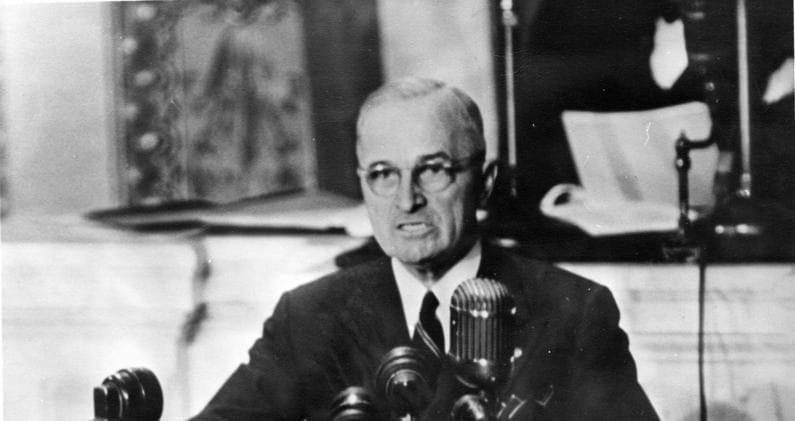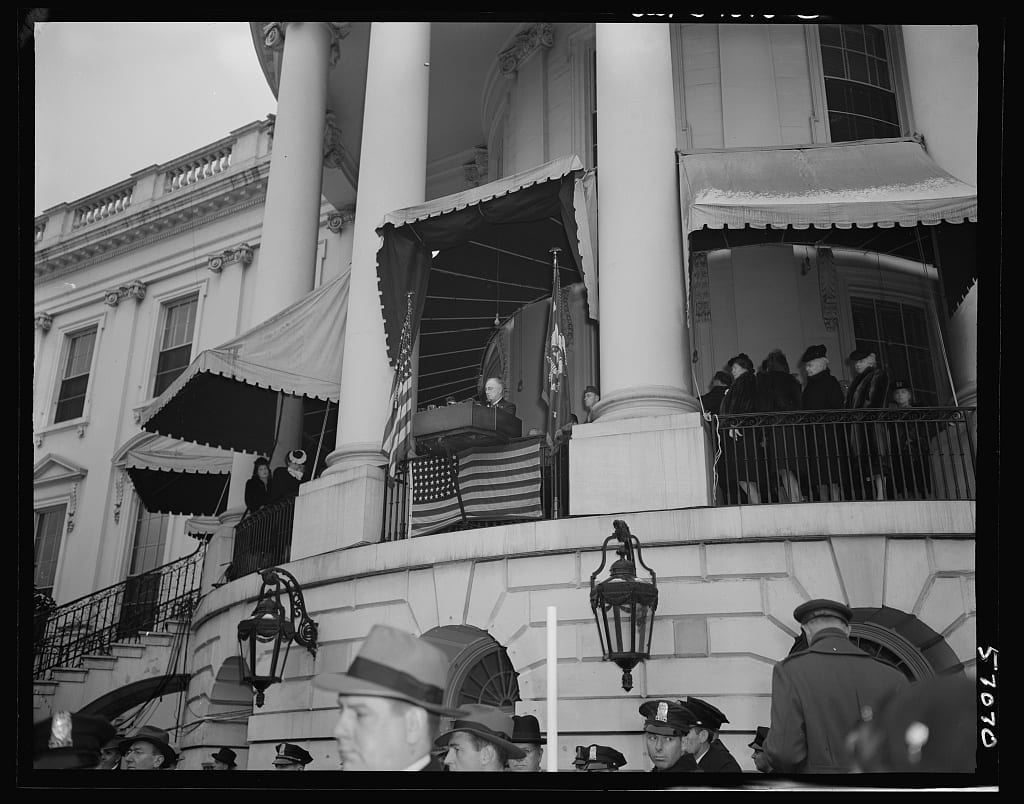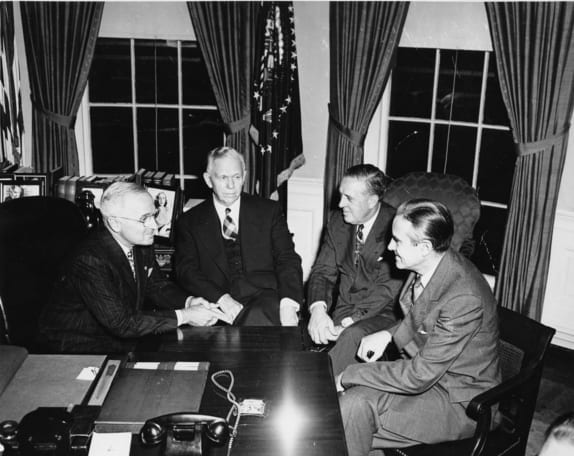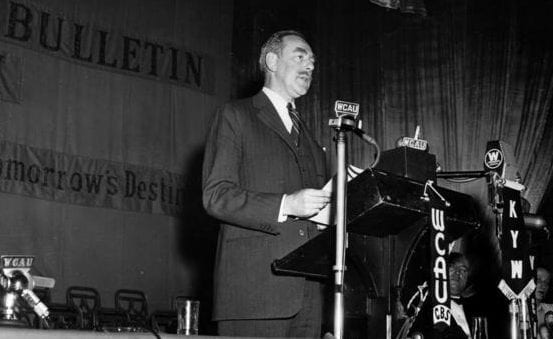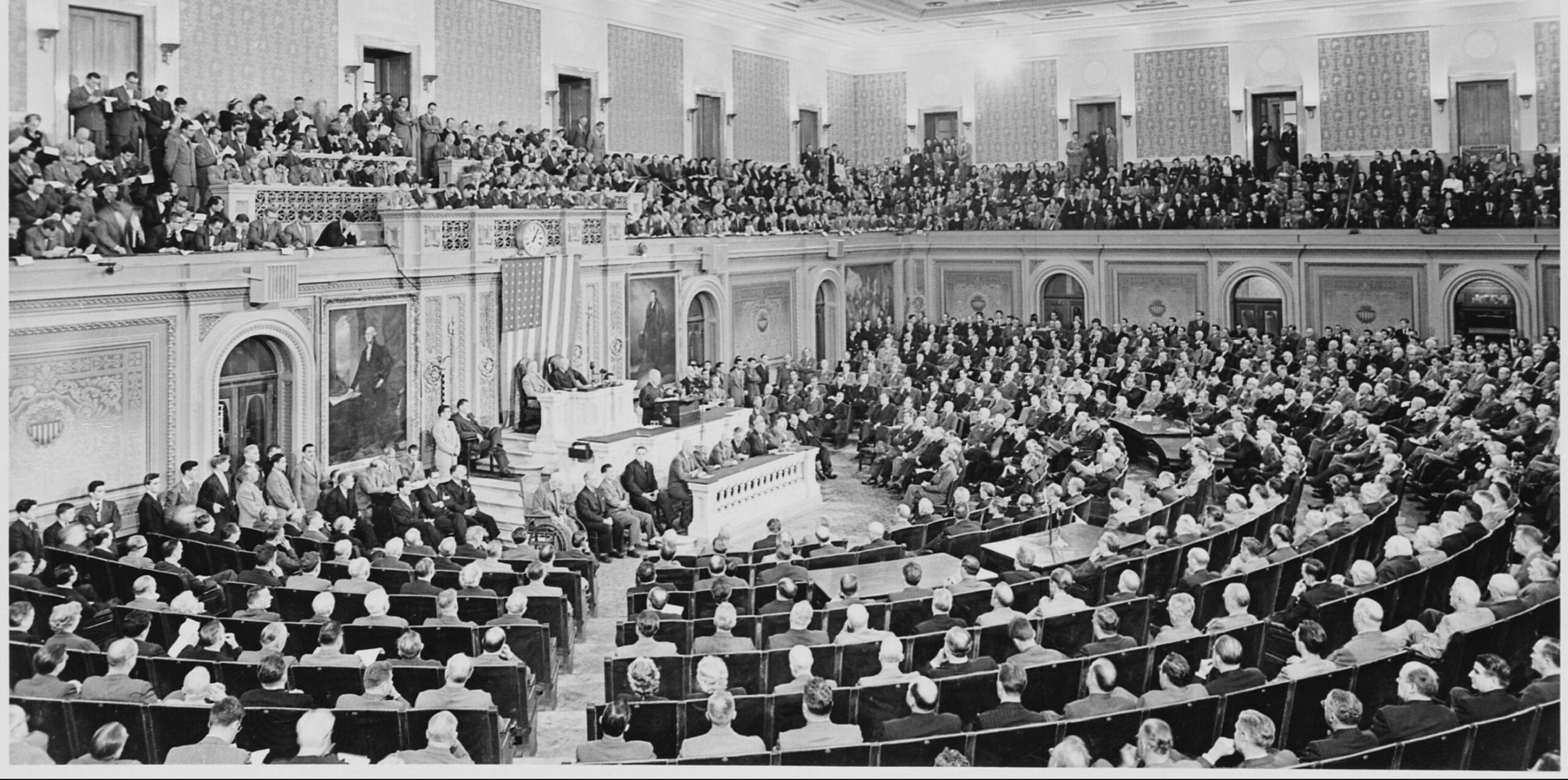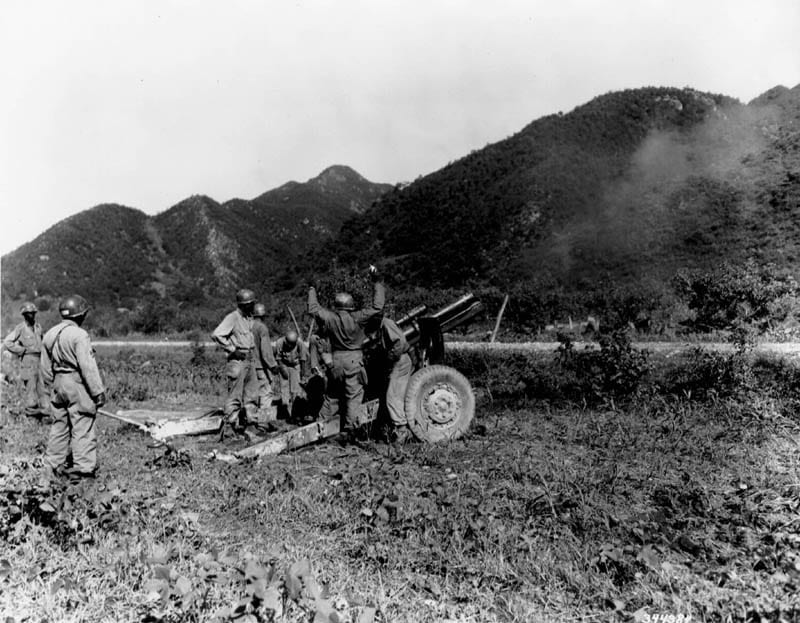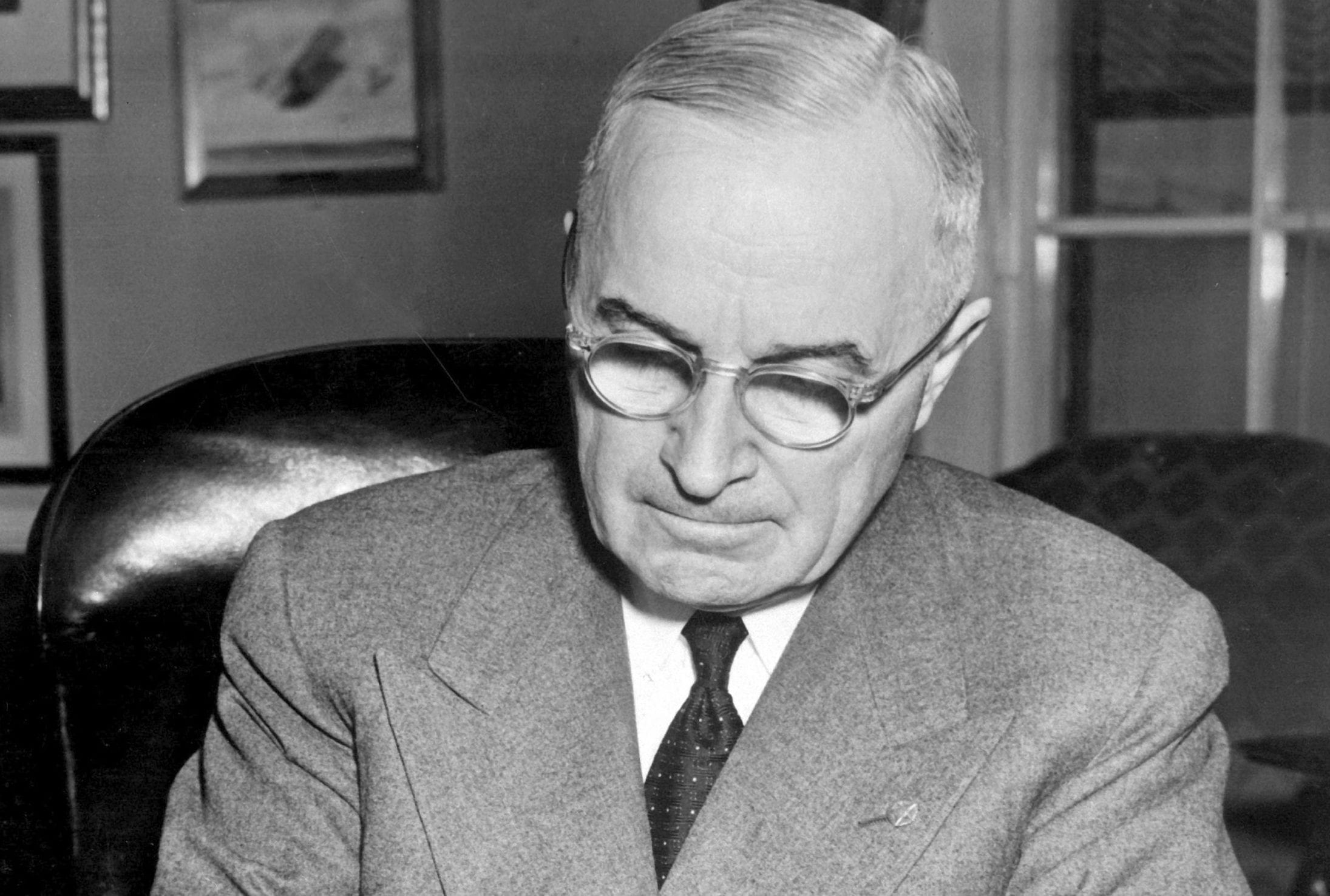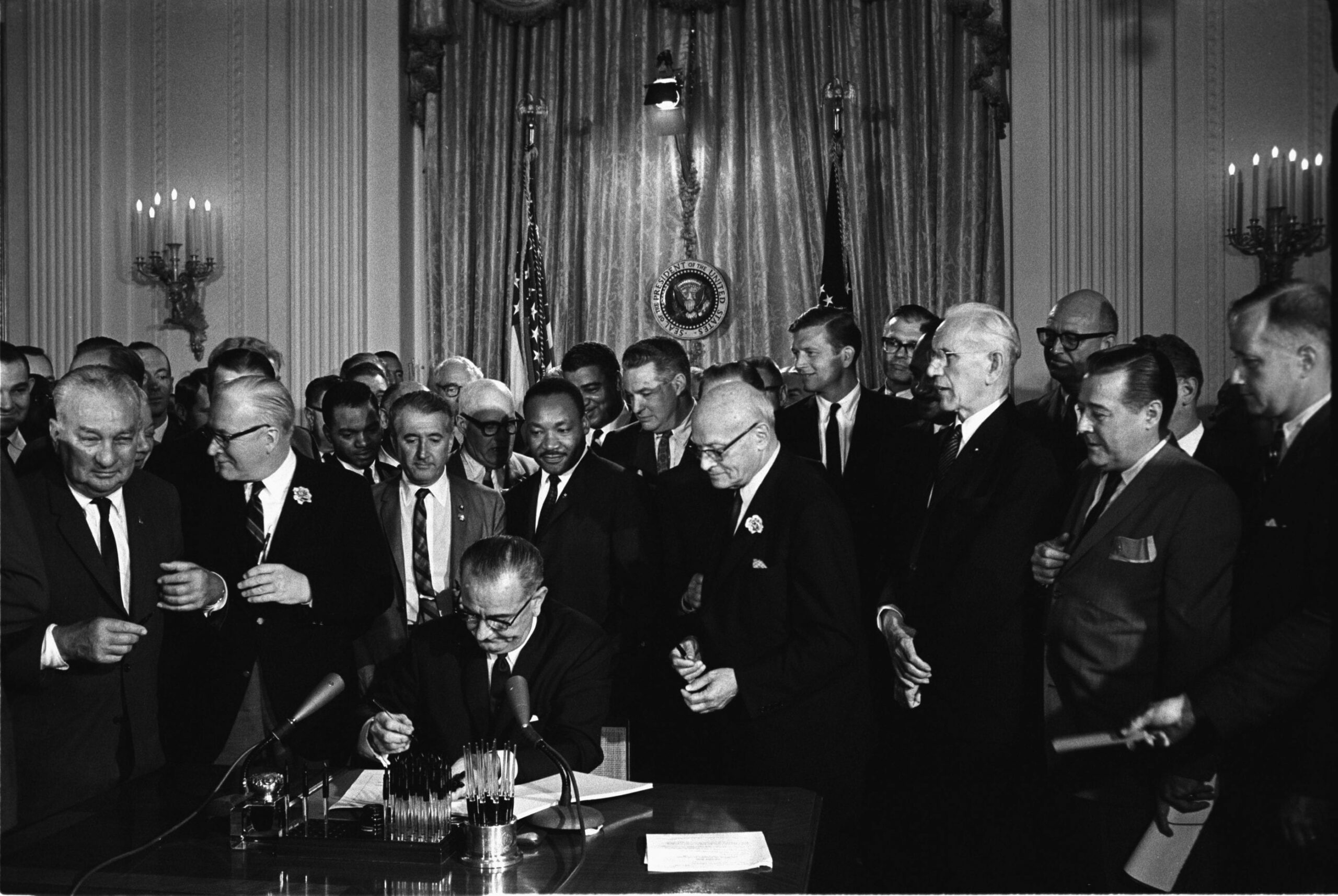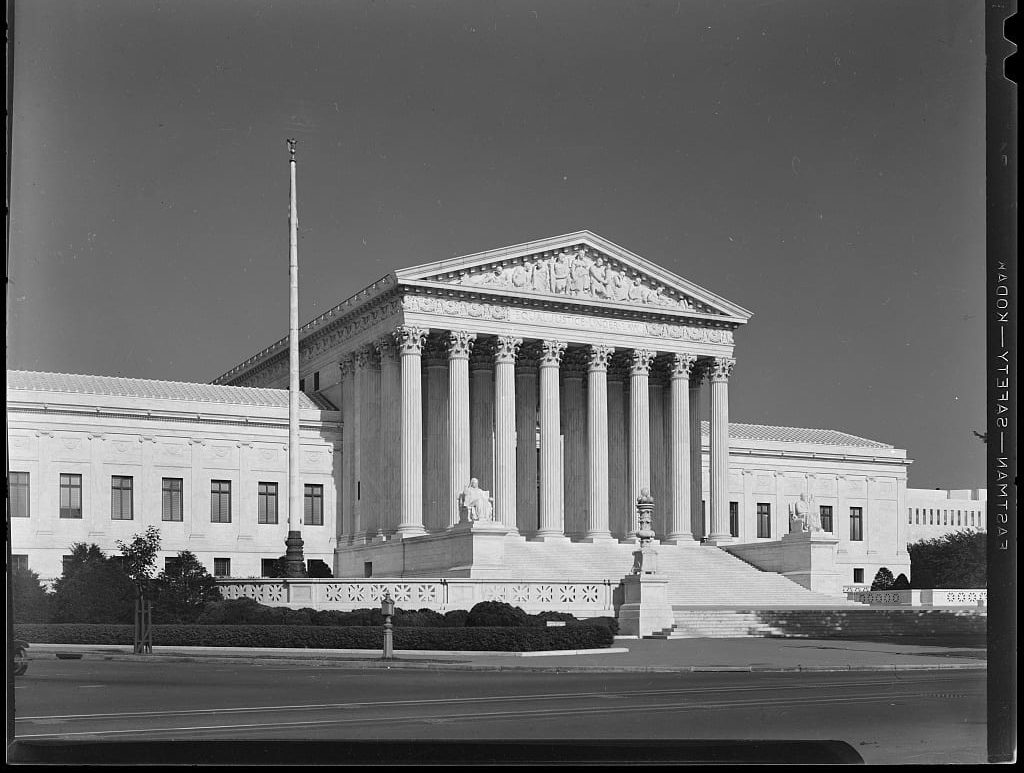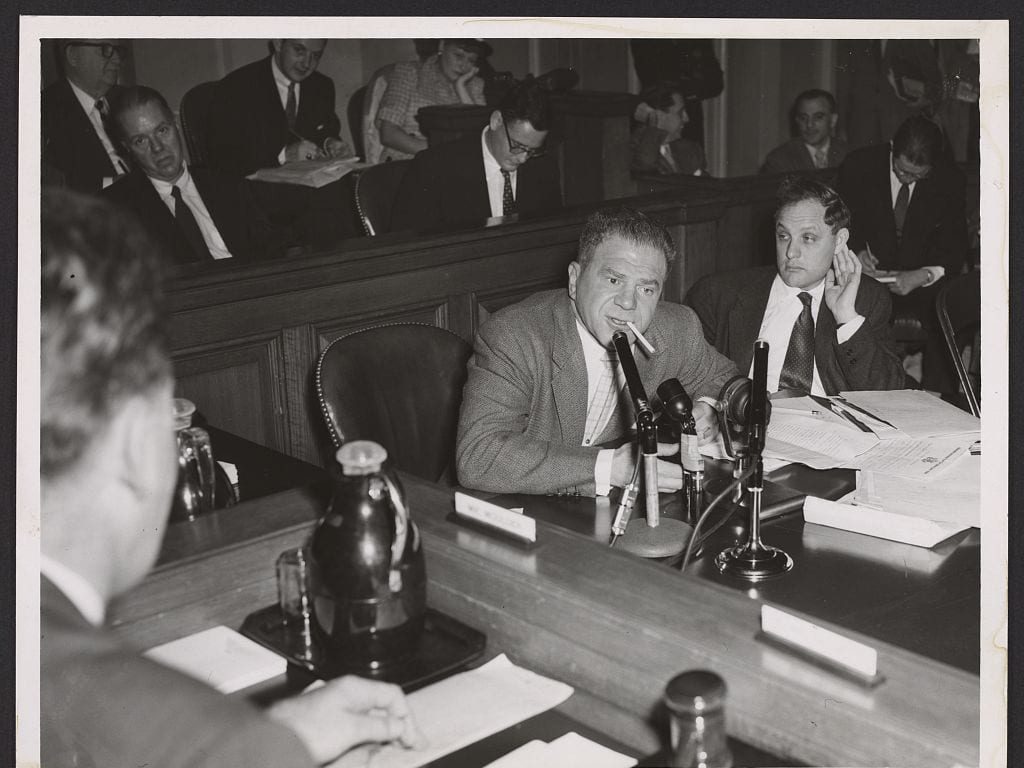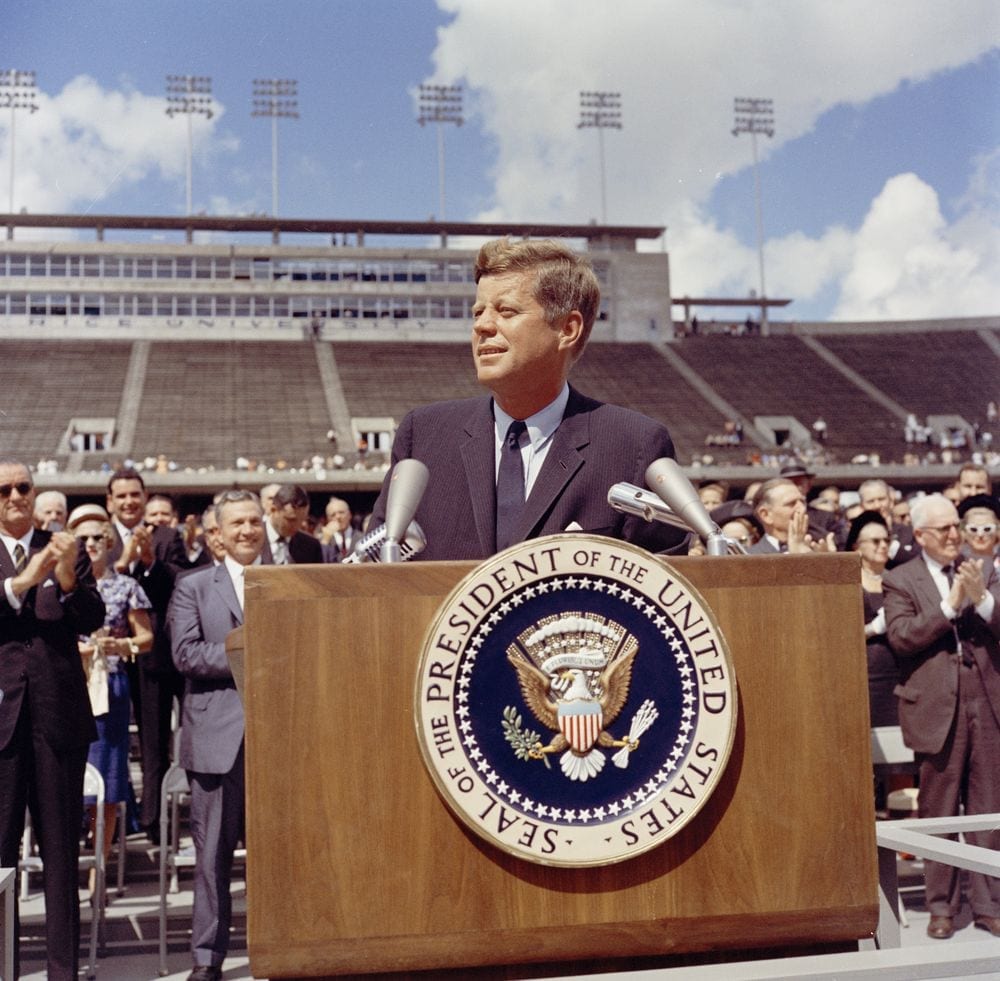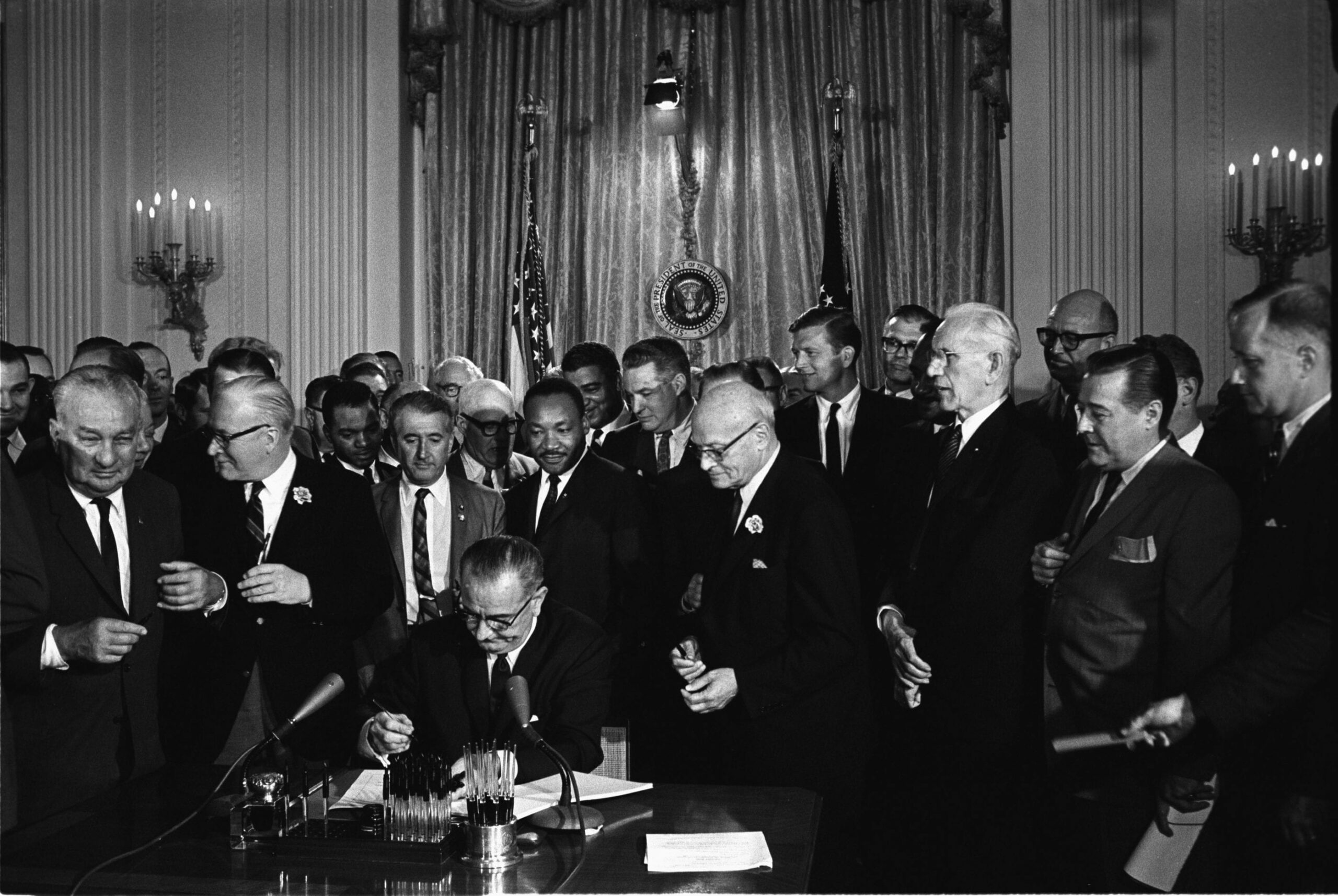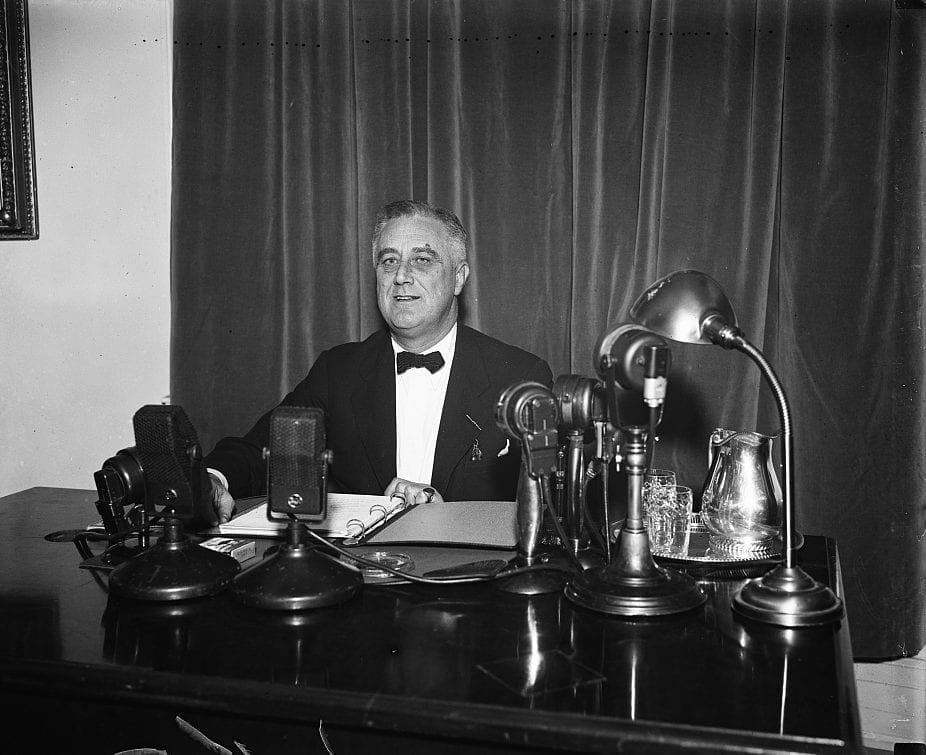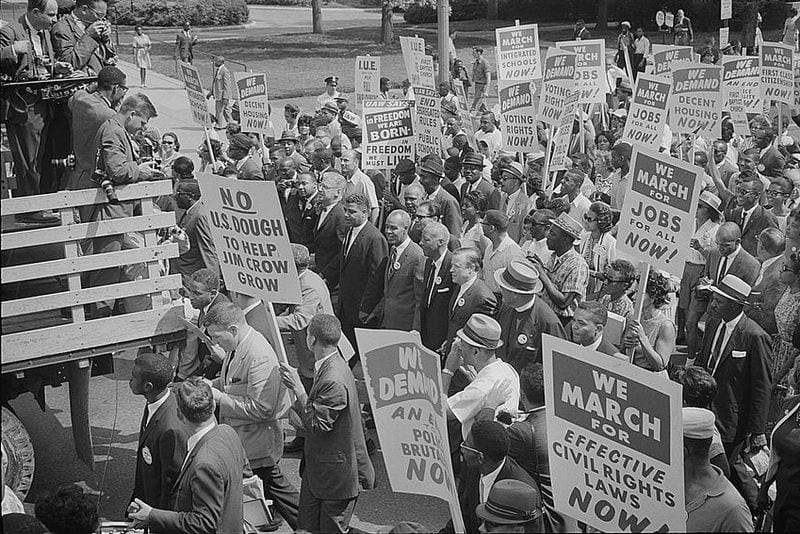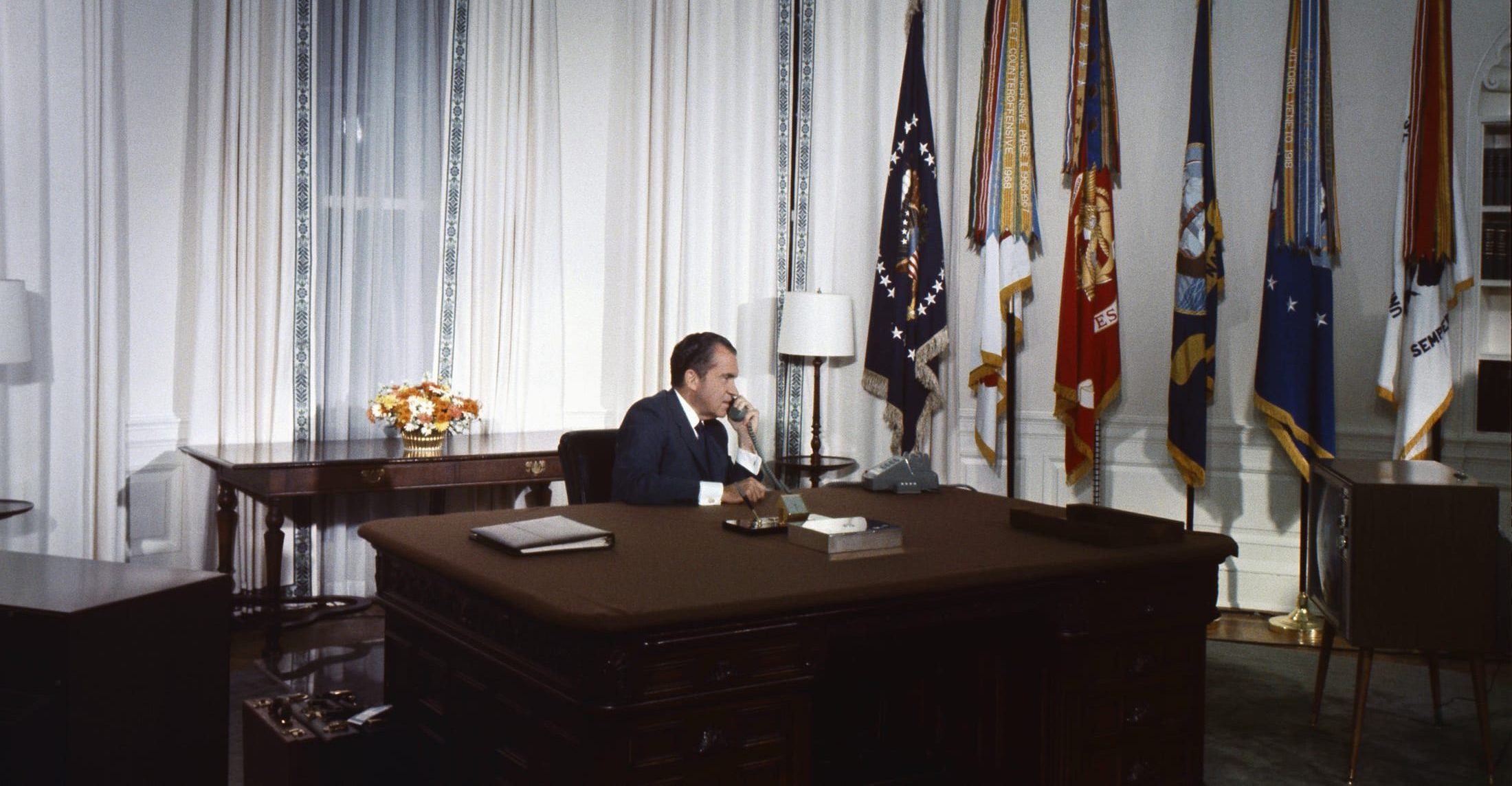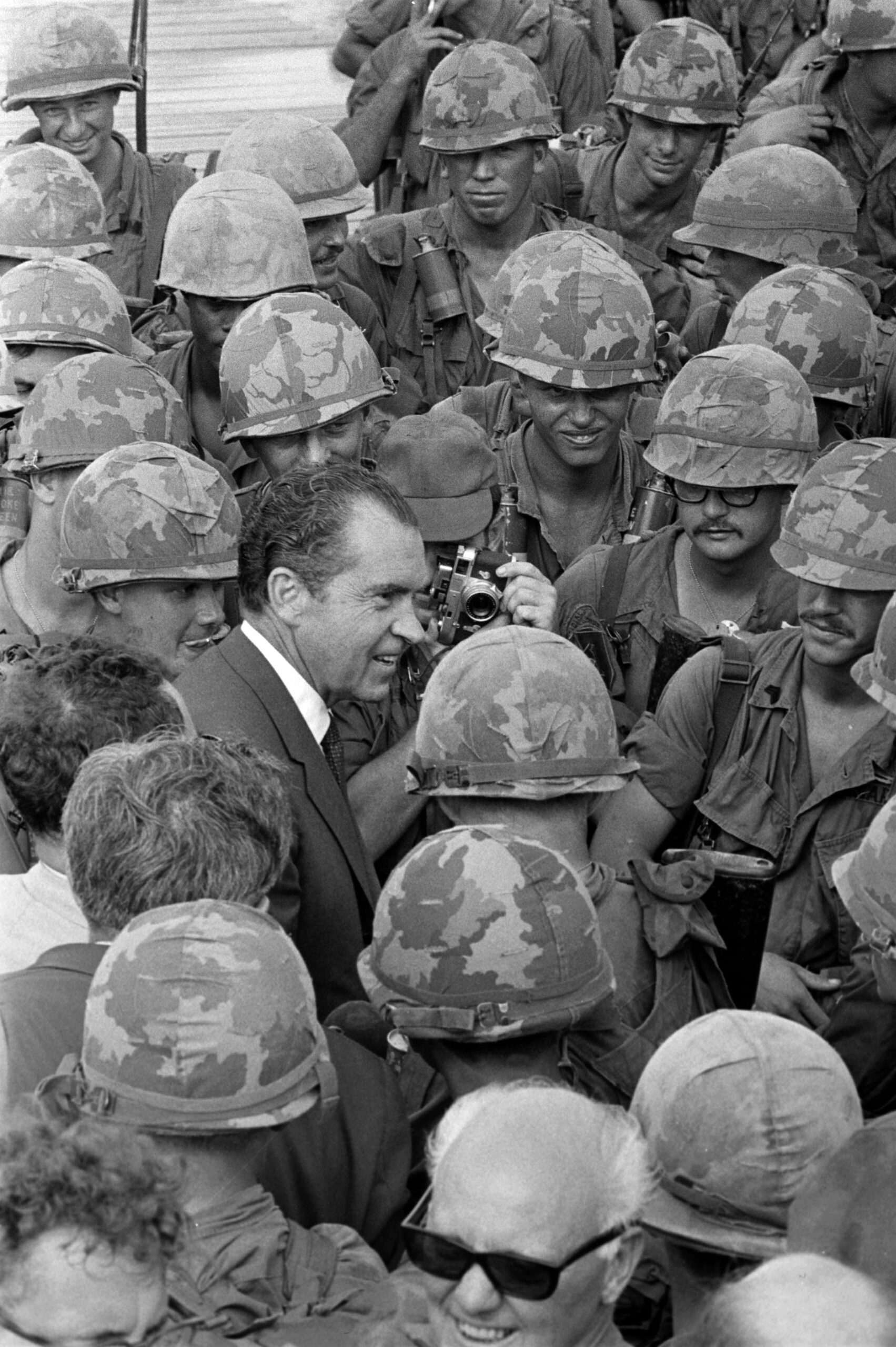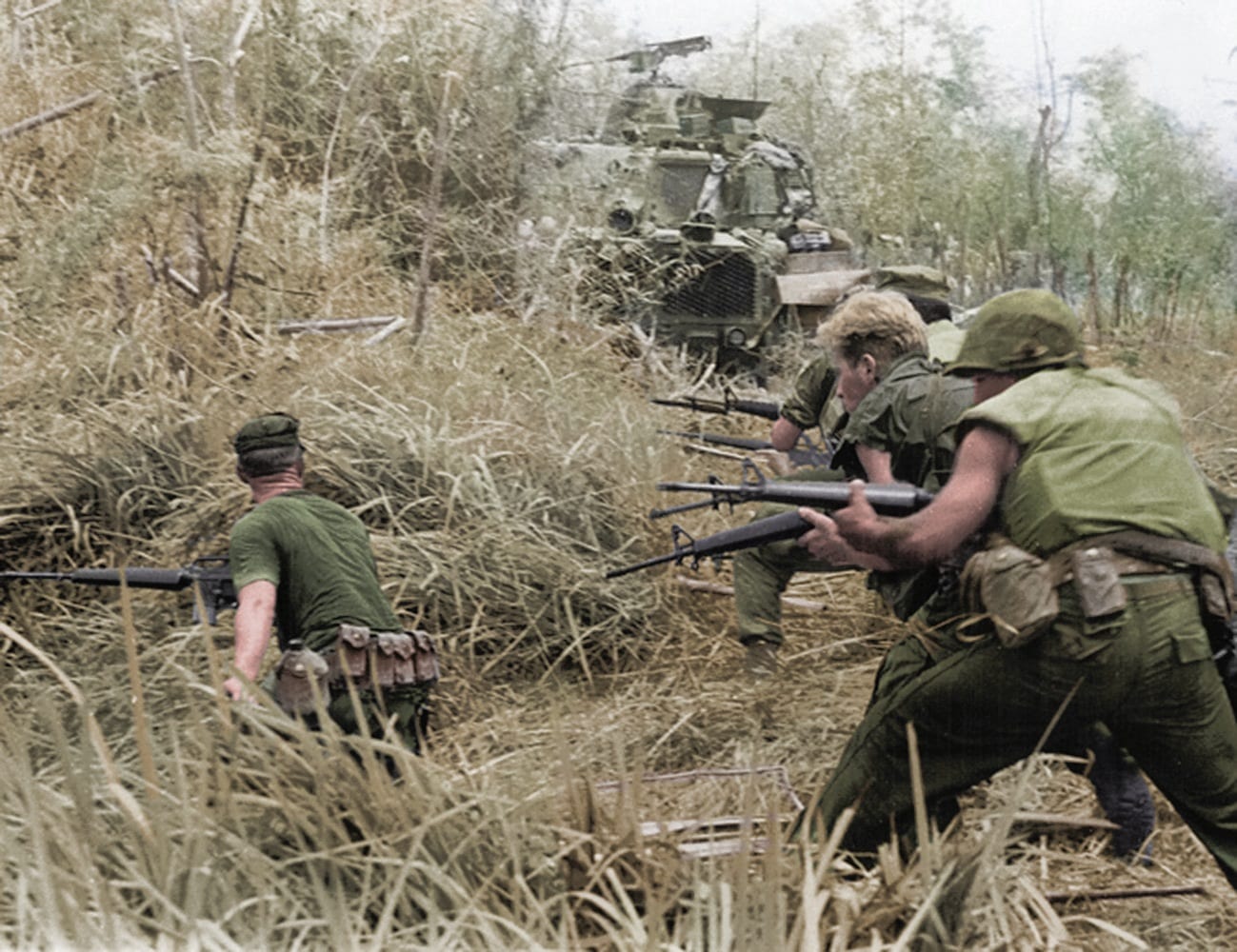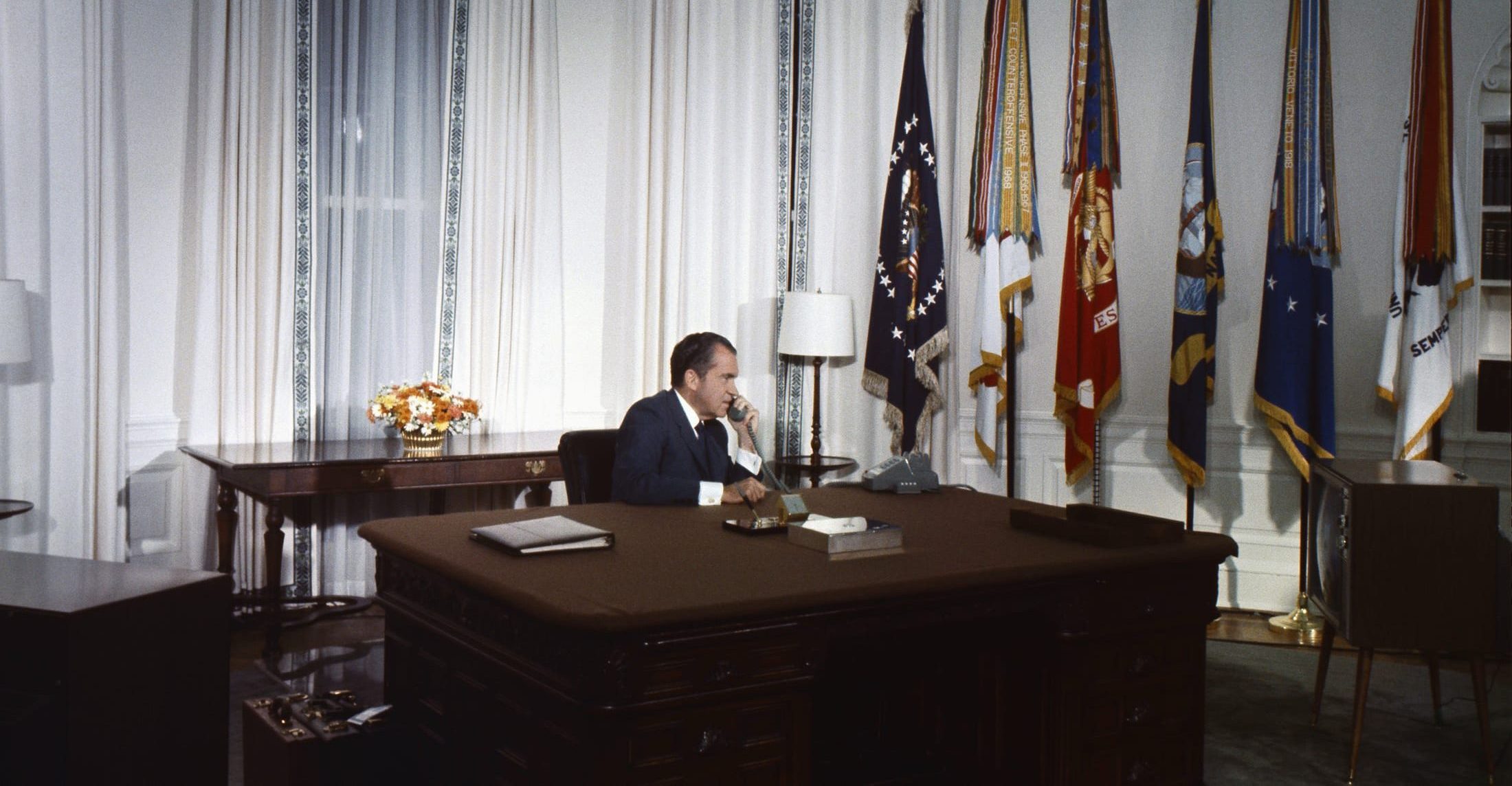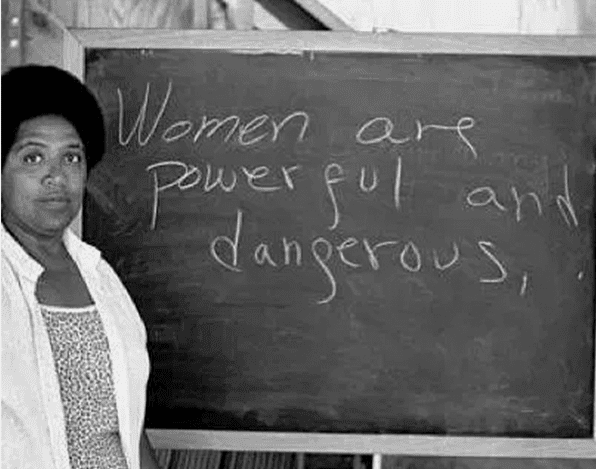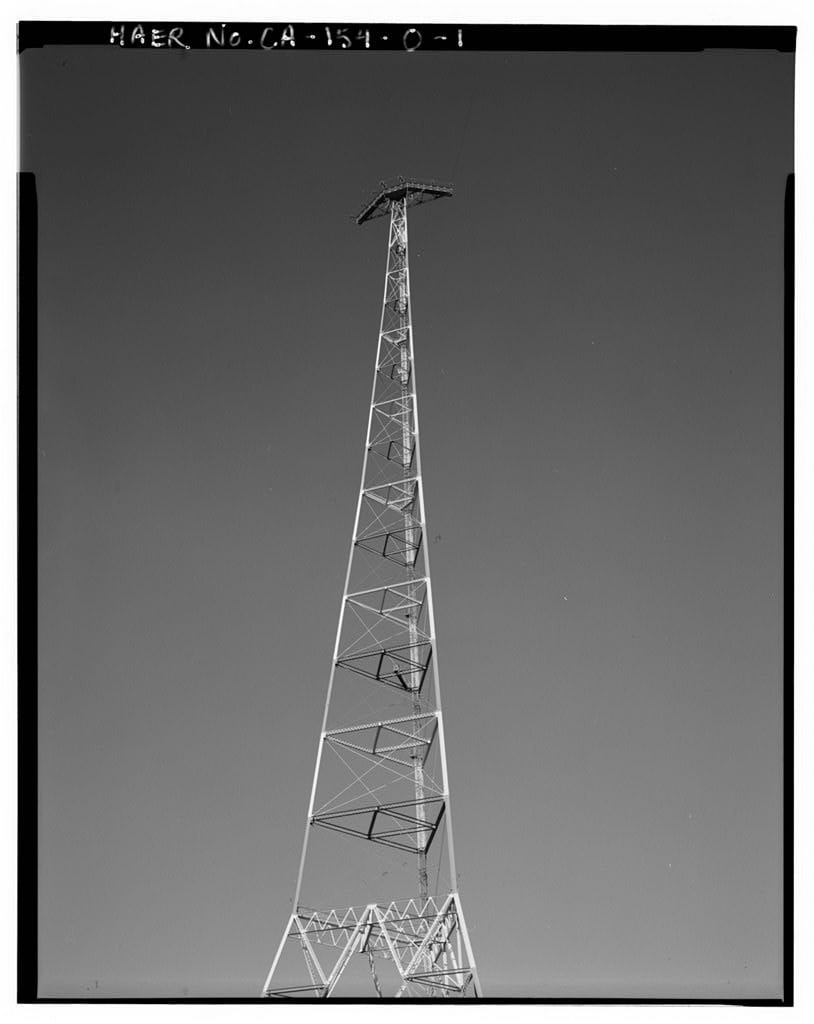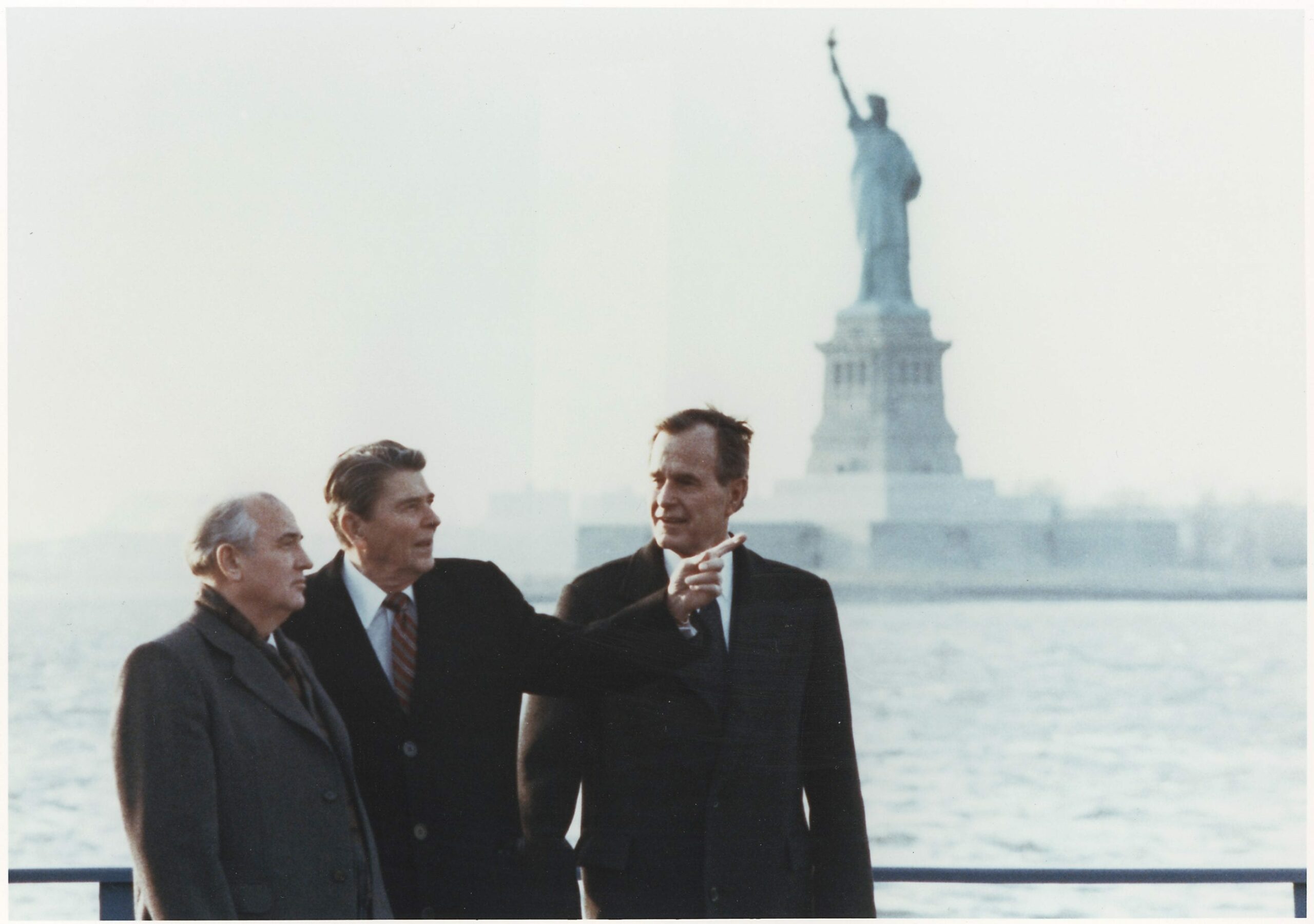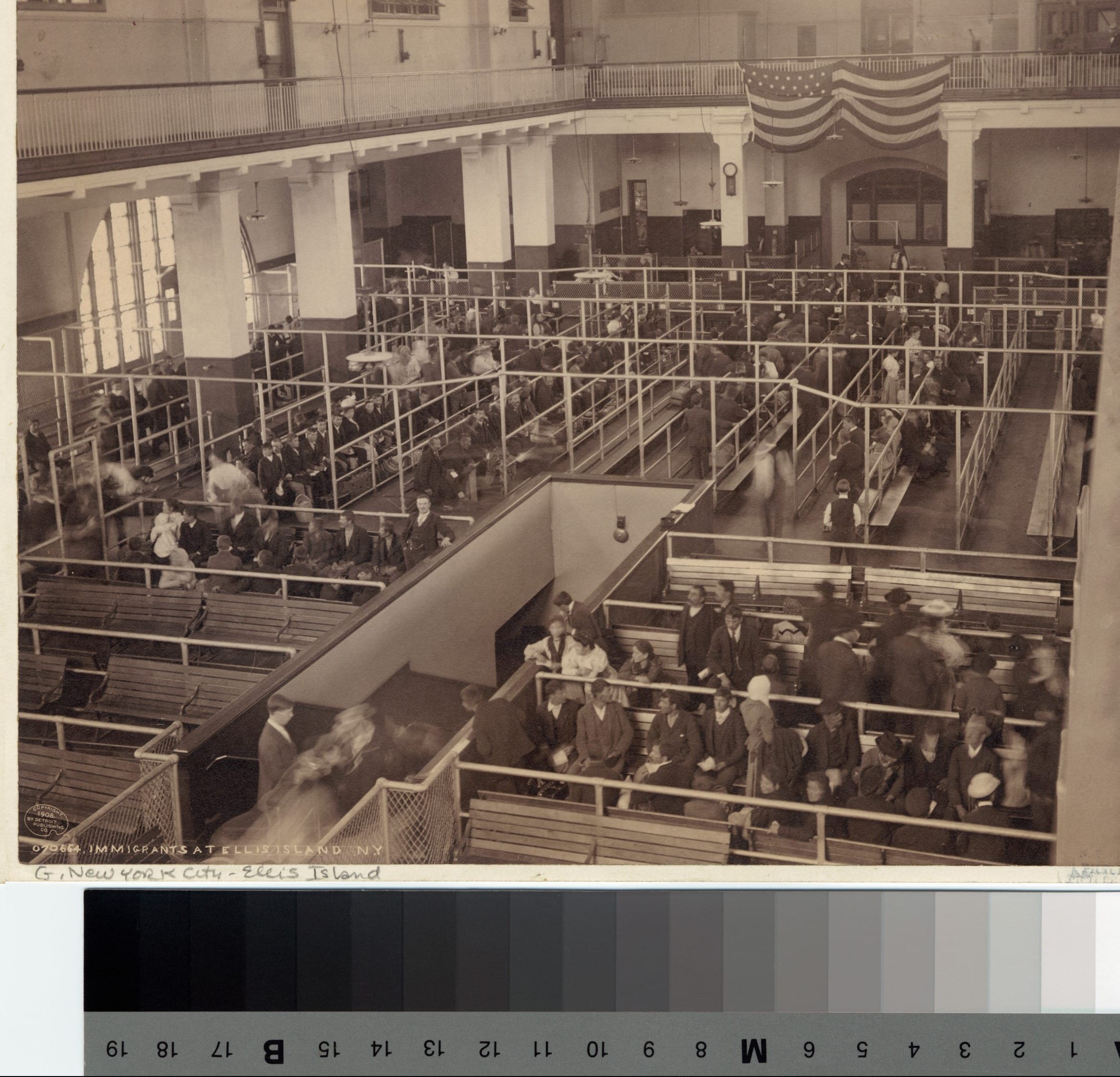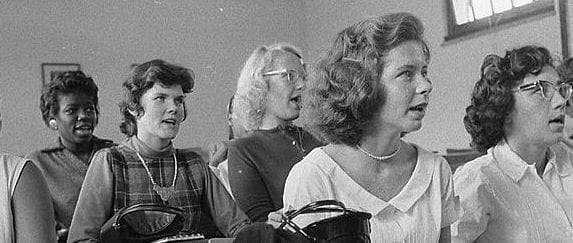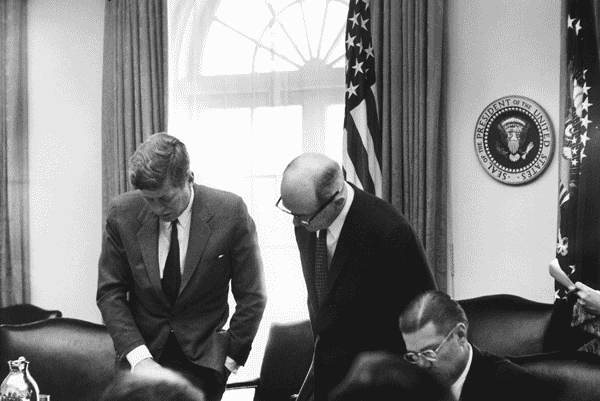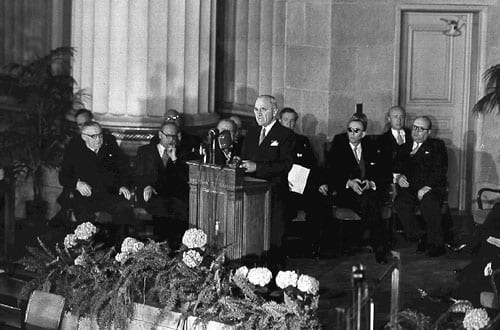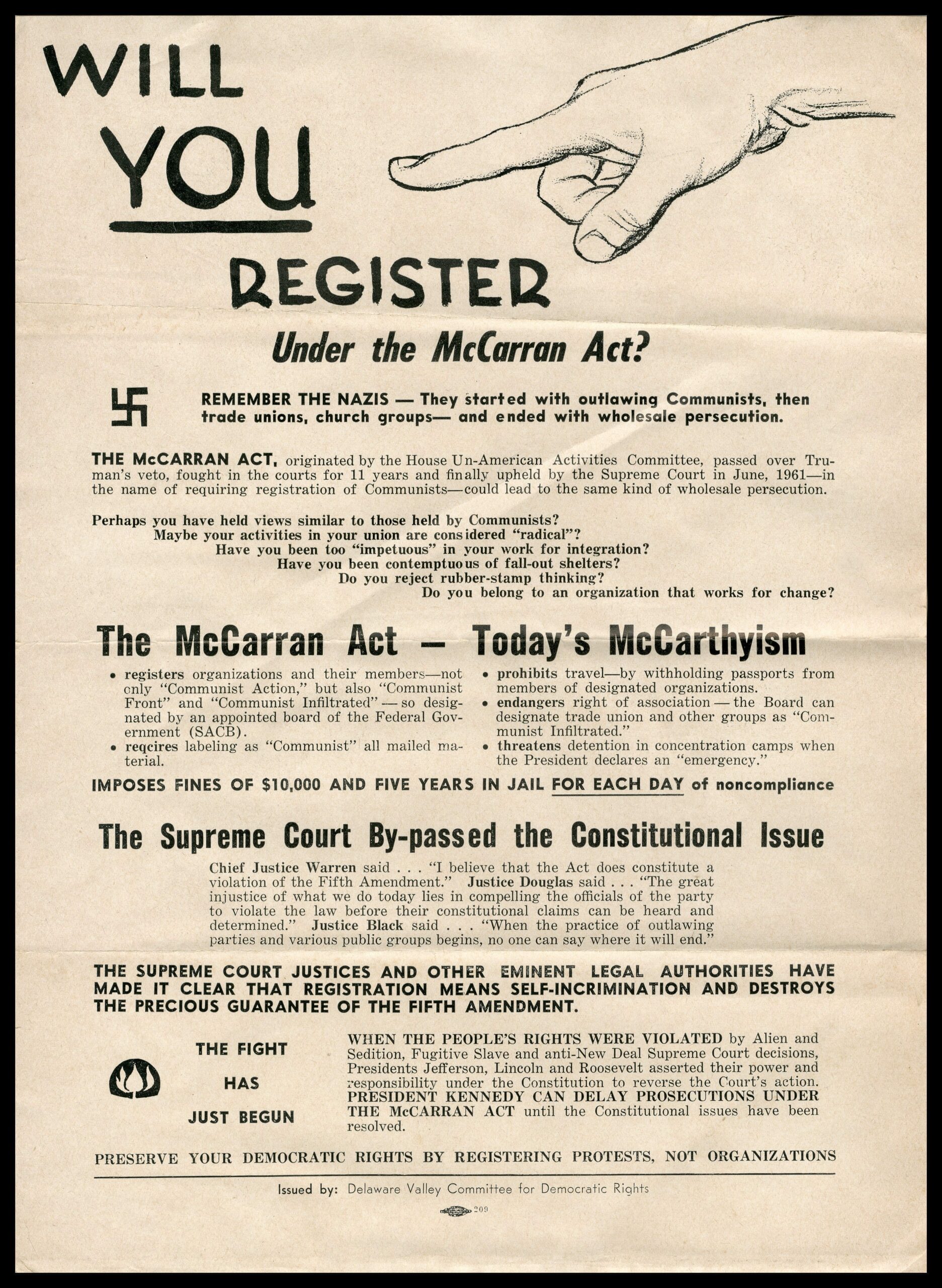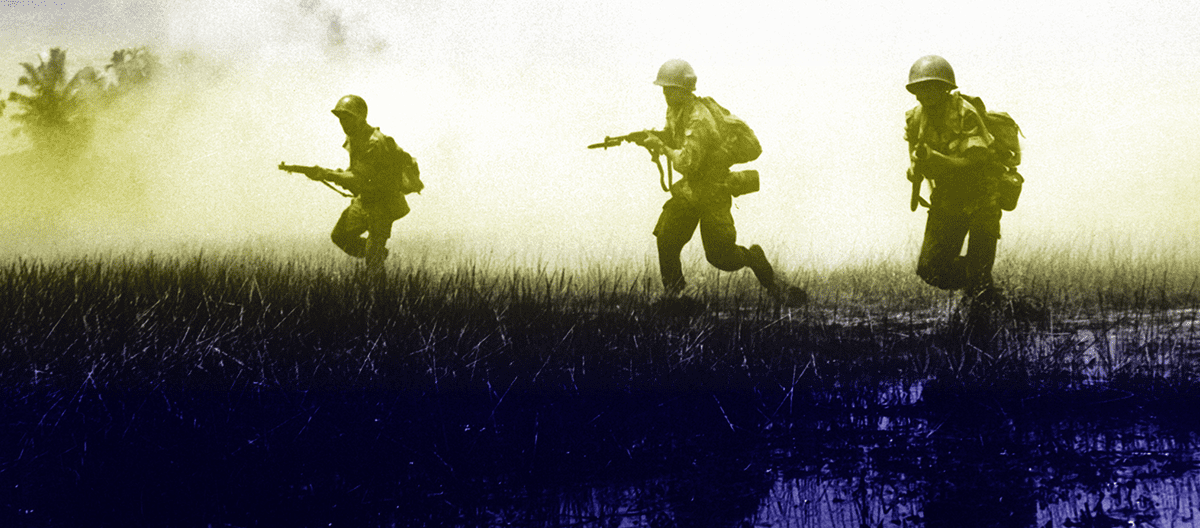During 1964, the U.S. military provided concealed support for South Vietnamese commando actions against North Vietnamese military targets. Known as Operations Plan 34A, the raids had two basic purposes: one, to block North Vietnam’s support of the communist insurgency in South Vietnam; and two, to demonstrate the United States’ willingness to use military force on behalf of its ally (See Rusk and McNamara). The raids were not effective. They did provoke a response, however. On August 2, 1964, North Vietnamese gunboats fired on the U.S. destroyer Maddox, which was monitoring North Vietnamese communications in the Gulf of Tonkin, off the coast of North Vietnam. Aware of American support for the commando raids, North Vietnam targeted the Maddox to show its readiness to strike back at U.S. forces. The Maddox defended itself, sinking two North Vietnamese gunboats. Two days later, another U.S. destroyer, the Turner Joy, reported being attacked, but that incident was not confirmed; the Turner Joy’s electronic equipment may have misinterpreted weather disturbances as a torpedo attack.
President Lyndon Johnson ordered retaliatory air attacks against North Vietnamese targets and delivered an address to Congress on August 5, 1964 (See Johnson). Johnson described the attack on U.S. warships, but in a significant and intentional omission, he did not say anything about Operation Plan 34A, thus giving the impression that North Vietnam’s strike was unprovoked. Johnson asked Congress for a joint resolution authorizing the president, as commander-in-chief, to use all necessary measures, including military force, to prevent further communist aggression in Southeast Asia. Two days later, on August 7, Congress complied. All members of the House who were present and all but two senators voted to approve the Gulf of Tonkin Resolution (See H.J. RES 1145). The resolution negated the need to declare war in Vietnam and opened the door to send large numbers of U.S. troops to Vietnam.












